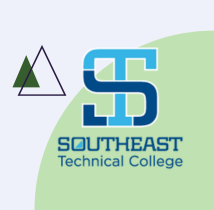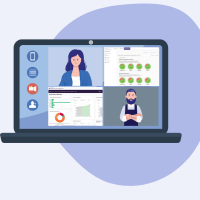Calculations for connecting to web profiles
Upfront savings: Setting up the connection
If you have to connect your web profiles to your faculty activity database using APIs and custom code, building the initial integration alone can take upwards of 3 months or more — that’s 480 hours just to get things connected. Plus, it requires the availability of skilled programmers to write the integration code and keep it up to date. Because IT teams are often overloaded with projects requiring attention and resources, there are often delays in starting the project.
Faculty Success can be connected to your web profiles in a few hours using its Web Profiles module, which offers a self-service interface that helps you quickly configure your preferred structure and format, and code snippets you can place into your content management system (CMS). If we conservatively estimate that it still takes 1 week to make sure everything’s ready to go, that’s still a savings of over 440 hours of IT time.
Annual savings from automatic, real-time updates
Web profiles are one of the three most-viewed resources on an institution’s website, so they must be current and accurate and highlight each faculty member’s strengths. Manually managing these profiles often leads to out-of-date information because faculty have to remember to submit a form or email the University Marketing or IT department when they have new information to share.
This often requires them to spend time copying and pasting information from one source, like a CV or Word doc, into another — like form fields or an email message — and then follow up to ensure the updates were made. This process is easy, but it still takes at least 15-20 minutes each time an update is needed (and faculty have to remember to follow it).
By connecting web profiles with a faculty activity reporting system so they automatically sync to reflect changes, you can cut out this manual process and save time. Sure, faculty still need to update their accomplishments in the system, but they already need to do this for other reporting purposes like annual reviews, so it’s a one-time effort with multiple benefits.
While faculty will likely need to review and update fields specifically for the purpose of their profiles (such as Biography and Research Interests) and review new activities to ensure they show up in their profiles, they can save at least 10 minutes a year by building on the existing data entry process and use the automatic sync to cascade updates to their profiles.



